 Christ said: ‘Thou art Peter (Petros), and upon this Rock (Petra) will I build my Church.’
Christ said: ‘Thou art Peter (Petros), and upon this Rock (Petra) will I build my Church.’
It is said that the power of the Roman and Eastern Papacy had been established with the magical words said above by Christ to Saint Peter. It is the mystery behind these allegorical words where we can discover the true light of what is symbolically meant by Christ when he had stated that he will build his church upon a rock.
The Rock (Petra) where Christ said he would build his church can be found on a sandy high-road between Arabia and Syria in a tract of ancient Judea. It was once called “The Rose Red City of Esau”. It is this magnificent Biblical town of Edom where we can find the territory that was allotted to Jacob’s brother Esau (Genesis 36), and also the capital of the Nabateans where the Edomites, or in Greek the ‘Idumeans’ had lived. Today the lost rock city is known by its Greek name of Petra that represents Zeus Peter (Ju’Piter/Ju-Peter), or in English Peter which means “the rock” or “the father.”
Matthew 16:18 – And I tell you that you are PETRA (Peter), and on this rock I will build my church, and the gates of Hades will not overcome it.
On the great Treasury of the Pharaoh is the figure of Isis as they both face the rising sun in the East. Petra via the Mother Isis is the successor to Christ as the infallible head of the church, who has power and authority over all the other apostles and the entire church. It is Peter who has the keys to unlock and lock the kingdom of heaven and hell to anyone as he chose, and it is under the spell of Isis that the gates of Hades will not overcome it.
The Rock of the Church, Petra is the Stone of the Desert, and is also known biblically as Se’la, or Se’lah. It is the city hewn from red limestone rock in a valley that is approximately three-quarters of a mile long, two hundred and fifty, to five hundred yards wide; with some walls one hundred feet high, and lies 30 miles southeast of the Dead Sea in present-day Jordan. Both Pliny and Strabo described the city with its unmistakable features in their writings.
The Greek geographer, Strabo wrote;
“The capital of the Nabatffii is called Petra; it lies in a spot which is in itself level and plain, but fortified all round with a barrier of rocks and precipices; within it is furnished with springs of excellent quality for the supply of water, and the irrigation of gardens: without the precincts, the country is in a great measure desert, and especially towards Judea. Jericho is at the distance of three or four days.”
The city of the rose was also known for its Hebrew name that is found in the Bible two times identified with Sela, a city of Edom. In 2 Kings xiv. 7, as captured by Amaziah, and called Joktheel (” subdued of God “), and in Isa. xvi. 1: “Send ye the lamb to the ruler of the land from Sela to the wilderness, unto the mount of the daughter of Zion.”
In Isaiah 28:16 we find the role of Zion; “Therefore thus saith the Lord God, Behold, I lay in Zion for a foundation a stone, a tried stone, a precious cornerstone, a sure foundation”, and in 1 Peter 2:6 it says; “Wherefore also it is contained in the scripture, Behold, I lay in Sion a chief Cornerstone, elect, precious: and he that believeth on Him shall not be confounded.” Then King David declares; “Lead me to the Rock that is higher than I” (Psalm 61:2) (Douay, Psalm 60:3).
In the time of the Exodus, Moses and the Israelites passed through this area in Edom, and it was just outside the city of Petra where Moses had struck a rock with his staff and water came forth,(Num. 20:7-11). This narrow gorge is called Wadi Musa, the ‘Valley of Moses’. It is here that his brother, Aaron was buried at Mount Hor, also known as Mount Aaron.
In the book, A Biblical and Theological Dictionary: Explanatory of the History, Manners by Richard Watson and Nathan Bangs, we find that the Hindus gave it the name of Pattisthan, that is, Palestine, or properly speaking, Idumea or Phoenicia;
Hence that tract of Judea, which they inhabited, retained the name of Idumea in the time of our Saviour, Mark iii. 8. Under Moses and Joshua, and even under the kings of Judah, the Idumeans were confined to the east and south of the Dead Sea, in the land of Seir. Afterwards they extended their territories more to the south of Judah. The capital of east Edom was Bozrah; and that of south Edom, Petra, or Jectael. The Edomites, or Idumeans, the posterity of Esau, had kings long before the Jews.
This area they inhabited would be known as Judea in the Bible, which retained the name of Idumea in the time of Saint Mark. This area of Palestine would be the Idumean’s original ancient homeland in the time of Jesus Christ; when under Moses and Joshua the Idumeans were confined to the east and south of the Dead Sea. This is the very same place where it is said the Nabateans were, and where the Dead Sea Scrolls were found at the capital of east Edom; known then as Bozrah and more commonly known today as Petra.
The name Palestine is derived from Pattisthan. It is above the hill Segor that was then called Edom of the Edomites, but afterwards men called it Seyr, and subsequently Idumea. It is said that at the right side of the Dead Sea, the wife of Lot still stands in likeness of a salt stone because she looked behind her when the cities sunk into hell.
During the Crusades in 1132-34 under the King of Jerusalem, Baldwin III, the Knights Templars had constructed a castle on a hill East of the Dead Sea which was called Carak (Karak), meaning “Royal,”and thereafter was called “Mount Royal.” Later the castle fortress would be taken over by robbers and Saladin who in 1103 captured approximately 120 Templars including both Reynald, King John of Jerusalem, and the Grand Master of the Templars, King Baldwin who was mortally wounded. However, approximately 100 years after the loss of Mount Royal and Petra in 1218, it was again captured and restored by the Knights Templar as the chief seat of their order.
In 1799, Napoleon’s (Emperor of the French) army had also visited Petra during his conquest of Egypt and North Africa. In 1894, Turkey had captured the city and they had constructed a large guardhouse on the west bank, commanding the bridge where they collect tolls (taxes) from travelers. An area that is still one of the most important strategic areas in all the region. Jacob is said to have once crossed the Jordan here (Gen. xxxii., 10), and here the modern Jews have founded one of their seven colonies in Galilee.
During the search of the Holy Grail in the movie “Indiana Jones,”the character played by Harrison Ford reaches an area called the Siq which is the narrow cliff entrance to Petra.
Just this week, President Obama would make a trip to the Red Rose City (Treasury of the Pharaoh or Petra).
“And to the woman (the church) were given two wings of a great eagle (America), that she might fly into the wilderness, into her place (Petra), where she is nourished for a time, and times, and half a time, from the face of the serpent (wisdom).” – Rev. 12:14
There is a good reason that this area is so important to the Brotherhood. Petra would be where the brotherhood under the rose had worked hand in hand with Rome to form the first Khazna, or “Treasury of Pharaoh”, or Peter (Petra) the Rock in which the Catholic Church claims Peter as its first bishop and upon Peter the church was built. Petra is akin to the first Universal Federal Reserve of its day, and why today it is one of the most famous Biblical ruins in all the world.
The Khazna (Treasury of the Pharaoh) or Petra was the first true treasury that had ruled the ancient banking world of the Brotherhood in the East for many centuries. This massive Rock in the desert is where the Catholic Brotherhood had symbolically built their Church upon, with Jesus Christ as the cornerstone, and later the Templars would become the masters of Jerusalem where it is declared by Jesus Christ; ‘Thou art Peter (Petros), and upon this Rock (Petra) will I build my Church.’

Moe is the founder of GnosticWarrior.com. He is a father, husband, author, martial arts black belt, and an expert in Gnosticism, the occult, and esotericism.

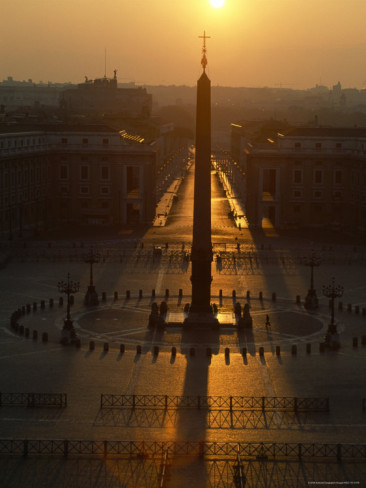
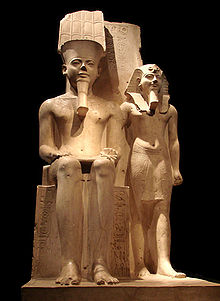
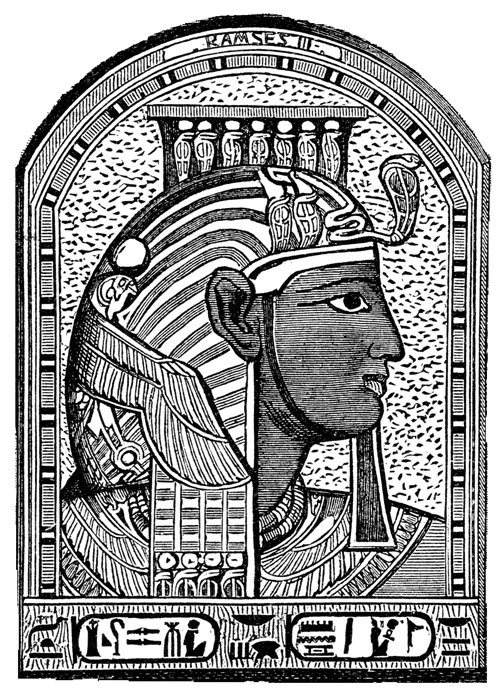
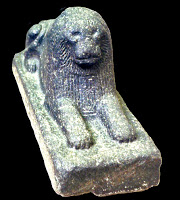

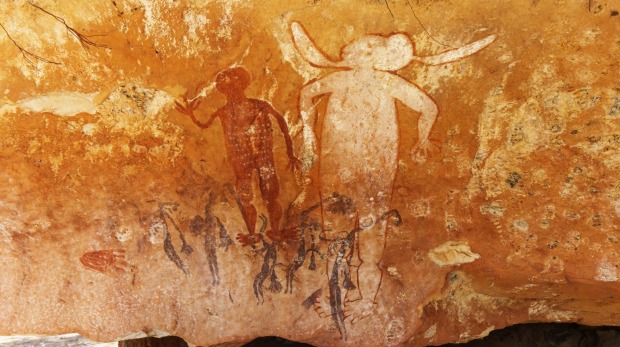
![How a prop of the church on which Bishop Aidan was leaning when he died, could not be consumed when the rest of the Church was on fire; and concerning his inward life [651 A. D.] | Book 3 | Chapter 17 How a prop of the church on which Bishop Aidan was leaning when he died, could not be consumed when the rest of the Church was on fire; and concerning his inward life [651 A. D.] | Book 3 | Chapter 17](https://www.gnosticwarrior.com/wp-content/plugins/contextual-related-posts/default.png)